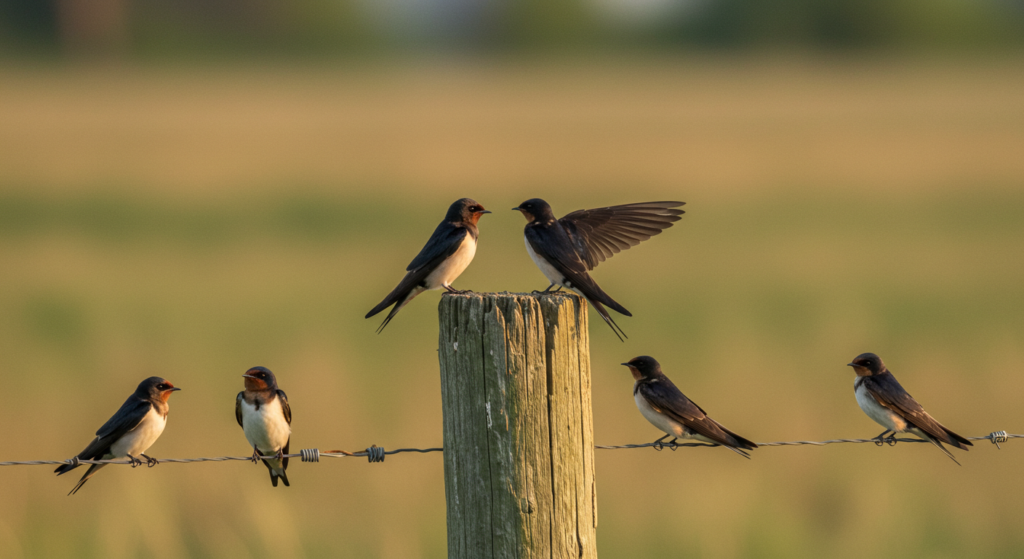Table of Contents
- Introduction
- The Spring Migration of Swallows
- Why Swallows Return in Spring
- Species of Swallows That Migrate
- The Role of Swallows in Ecosystems
- Conclusion
- FAQs
Introduction
Swallows are among the most iconic migratory birds, known for their remarkable journeys across continents. Each spring, many species of swallows return from their wintering grounds, marking the arrival of warmer weather and the renewal of life. This article explores the fascinating phenomenon of swallows’ spring migration, their ecological significance, and the reasons behind their timely return.

The Spring Migration of Swallows
Swallows are long-distance migrants, traveling thousands of miles between their breeding and wintering grounds. In spring, they embark on their journey back to temperate regions, where they breed and raise their young. This migration is driven by the availability of food and suitable nesting sites, which are abundant during the spring and summer months.
Why Swallows Return in Spring
The return of swallows in spring is closely tied to environmental cues such as increasing daylight and rising temperatures. These factors trigger their instinct to migrate northward. Additionally, spring offers an abundance of insects, the primary food source for swallows, ensuring they have the energy needed for breeding and raising their chicks.
Species of Swallows That Migrate
Several species of swallows participate in this annual migration. Some of the most well-known include:
- Barn Swallow: Recognized by its deeply forked tail and vibrant blue plumage.
- Tree Swallow: Known for its iridescent green-blue back and white underparts.
- Cliff Swallow: Identified by its square tail and distinctive forehead markings.
- Bank Swallow: The smallest of the group, often seen nesting in sandy banks.
The Role of Swallows in Ecosystems
Swallows play a crucial role in maintaining ecological balance. As insectivores, they help control insect populations, including pests that can harm crops. Their presence is often seen as a sign of a healthy environment, and their nesting habits contribute to the biodiversity of their habitats.
Conclusion
The return of swallows in spring is a natural spectacle that symbolizes renewal and the changing seasons. These remarkable birds not only captivate us with their aerial acrobatics but also contribute significantly to the ecosystems they inhabit. By understanding their migration patterns and ecological roles, we can better appreciate and protect these avian wonders.

FAQs
1. When do swallows typically return in spring?
Swallows usually return to their breeding grounds in early to mid-spring, depending on the region and species.
2. How far do swallows migrate?
Some swallow species travel up to 6,000 miles during their migration, crossing continents and oceans.
3. What do swallows eat?
Swallows primarily feed on flying insects, which they catch mid-air.
4. Where do swallows nest?
Swallows build their nests in a variety of locations, including barns, cliffs, trees, and man-made structures.
5. Are swallows endangered?
While many swallow species are still common, some face threats due to habitat loss and climate change. Conservation efforts are essential to protect them.
